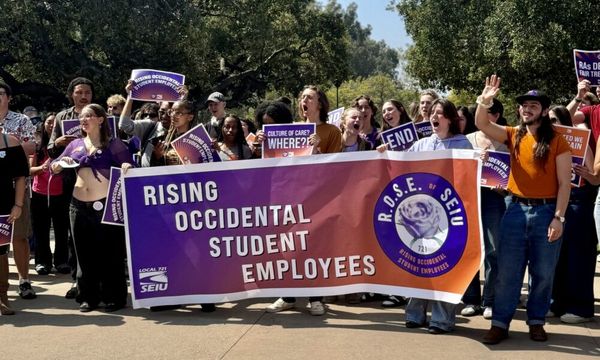
Crisis communications, at its core, is pretty simple: Discern where the story is going. Fully disclose the facts. Admit where mistakes were made. And do it all as quickly and thoroughly as possible.
So it’s been a little confounding to watch Joe Biden’s White House deal with the discovery of classified documents from his years as vice president and in the Senate casually stored in a variety of locations, including his garage in Wilmington, Delaware, beside his prized 1967 Corvette.
The impact of the first discovery, on November 2, must have been immediately apparent to Biden’s team, given the public uproar and legal thicket Donald Trump created by absconding with hundreds of classified documents when he left the White House in 2021, only to dump them at his Mar-a-Lago resort. President Biden criticized Trump for that in the fall, asking, “How could anyone be that irresponsible?”
Biden rightly noted that documents are marked classified and top secret for a reason: to protect intelligence-gathering “sources and methods” and those who risk their lives to provide crucial national-security secrets. There are protocols for handling such documents, and unsecured storerooms—or unguarded garages—are not among them. Nor are former presidents and vice presidents entitled to take classified documents as mementos when they leave office.
Why, then, did it take months after the first discovery for the White House to acknowledge that Biden, too, had classified documents in his possession—and why did that acknowledgment come only after a leak to CBS News about an ongoing federal investigation into the matter? And why did the White House’s first disclosure omit that there had been a second discovery of documents, on December 20 at Biden’s home in Delaware? (There have been sporadic additional discoveries announced since, adding to a sense of furtiveness and lack of transparency on Biden’s part.)
Last week, Biden compounded his problems by declaring that when the special counsel investigation Attorney General Merrick Garland launched into the president’s handling of documents is complete, the country will discover that “there’s no there there.” What he likely meant was that this will be found to have been an innocent mistake, probably made by staff as they hastily packed up his office and official residence when he left the vice presidency in 2017. (This is the same case former Vice President Mike Pence is making about classified documents newly discovered in his Indiana home.)
In Biden’s defense, his lawyers, upon discovery of the first set of documents, contacted the National Archives and surrendered the materials. The president’s legal team has been cooperating with the Justice Department in its probe. Trump, by contrast, removed hundreds of documents. The National Archives and then the FBI spent more than a year trying to recover the materials. Trump’s lawyer asserted that all the documents had been returned when many had not. And the former president claimed that, having declassified them through some mystical process for which there is no record, he was perfectly free to keep them.
Still, Biden’s “no there there” comment landed clumsily, as there were documents there, in his old private office and at his home. At best, it was sloppy and improper. There is some there there. Biden and the White House seemingly have violated every precept—speed, transparency, contrition—of crisis communications.
But here is where I cut the flacks some slack. From the moment the first documents were discovered and turned over to the government, Biden’s lawyers seized control. Their primary mission has been to protect their client from legal, not political, jeopardy. And their objective has been to work with the probe, and be transparent with the prosecutors, who, as a matter of investigative protocol, never want public disclosure until their inquiries have concluded. I presume that is why Biden’s team didn’t acknowledge when the CBS story broke that there had been a second recovery of documents.
They quickly learned, however, that although prosecutors disdain disclosures from the subjects of their probes, leaks can still happen. This week, after the FBI searched the president’s Delaware home, with his permission, unnamed sources told CNN that federal investigators had been prepared to issue a warrant if the president had refused, though such a threat proved unnecessary. It was a gratuitous leak, perhaps meant to blunt Republican criticism about political bias against the DOJ and FBI, who were granted a subpoena to search Mar-a-Lago last summer after repeated attempts failed to recover the documents from Trump.
Biden’s team appears to be betting that full cooperation, and less public conversation, will lead to a relatively benign conclusion from Special Counsel Robert Hur, and that all this will wind up as an embarrassing and transient flap, rather than an enduring scandal. The revelation about Pence adds to the “everyone does it” assumption so easily sold in our nuance-resistant politics, perhaps to Biden’s benefit and certainly to Trump’s.
For now, the Biden docudrama is like a ball of yarn for House Republicans intent on tearing into the president, which risks hurting his standing among the broader public. It also could make it harder for the DOJ to pursue a case against Trump. But the president and his team might be willing to endure weeks or months more of shouted questions they cannot or will not answer if that means the special counsel ultimately absolves him of any serious wrongdoing.







